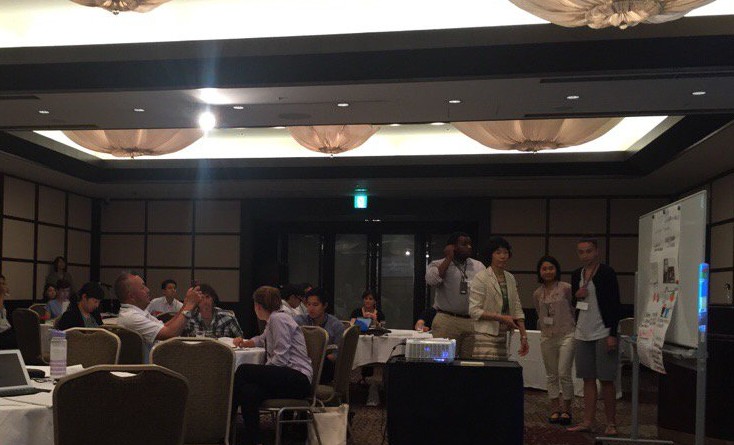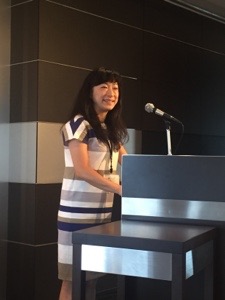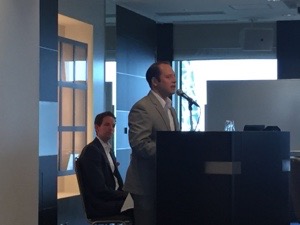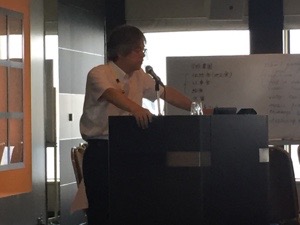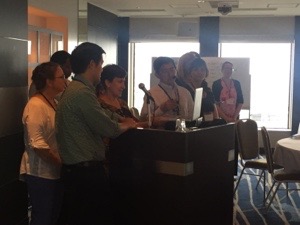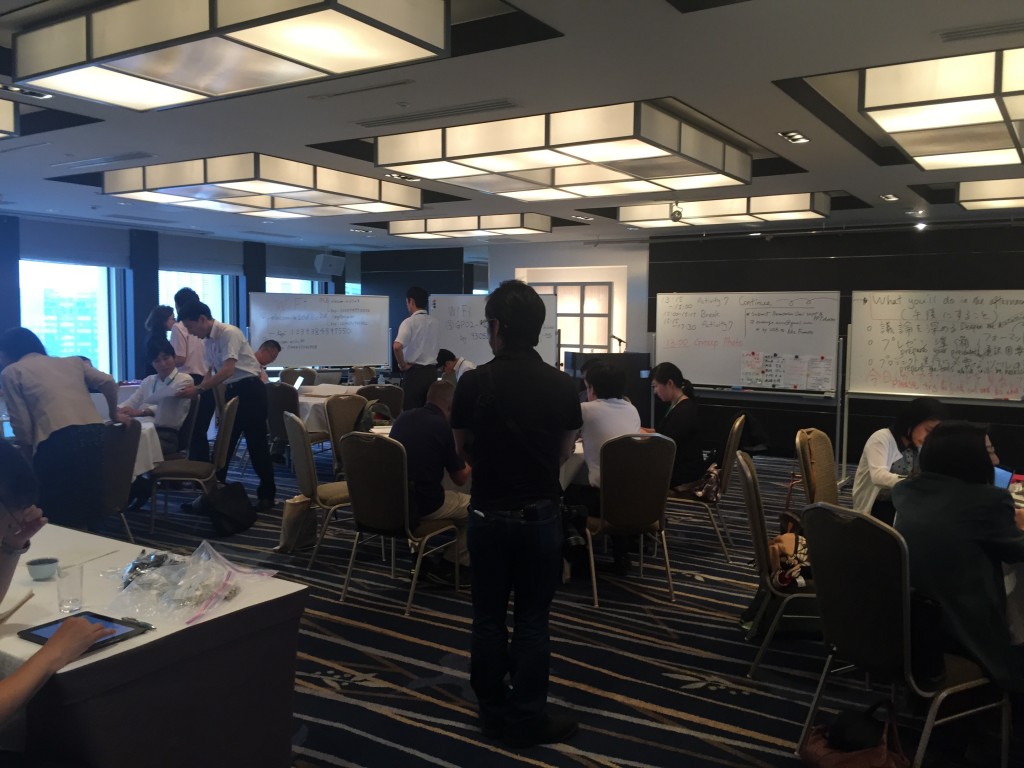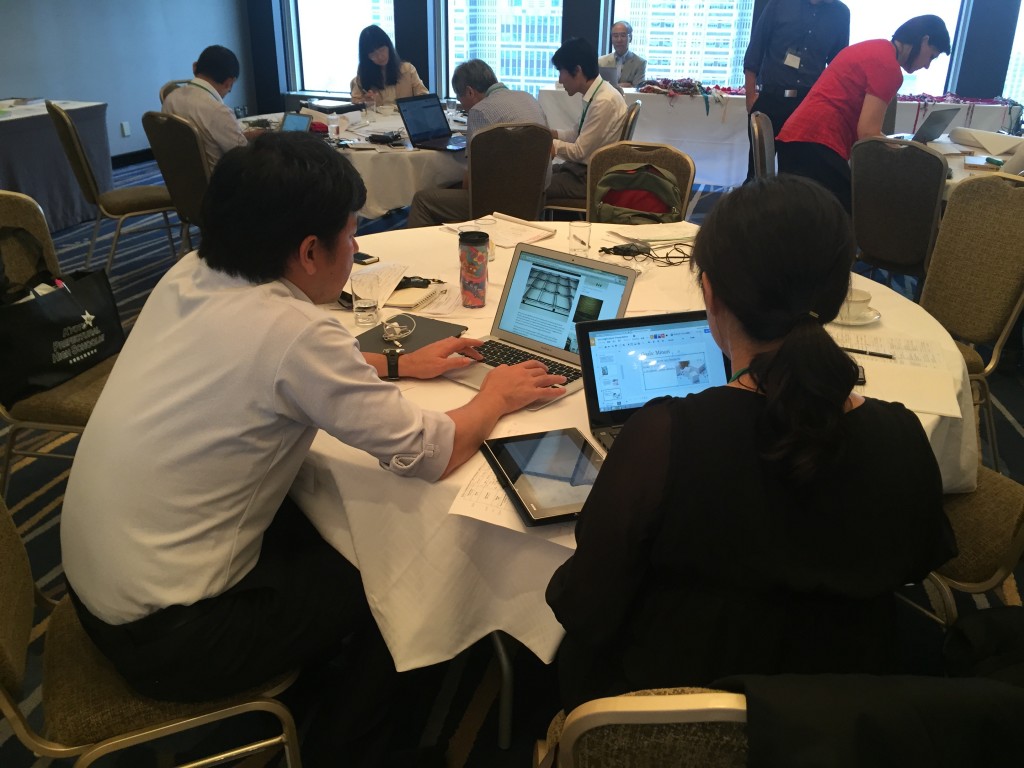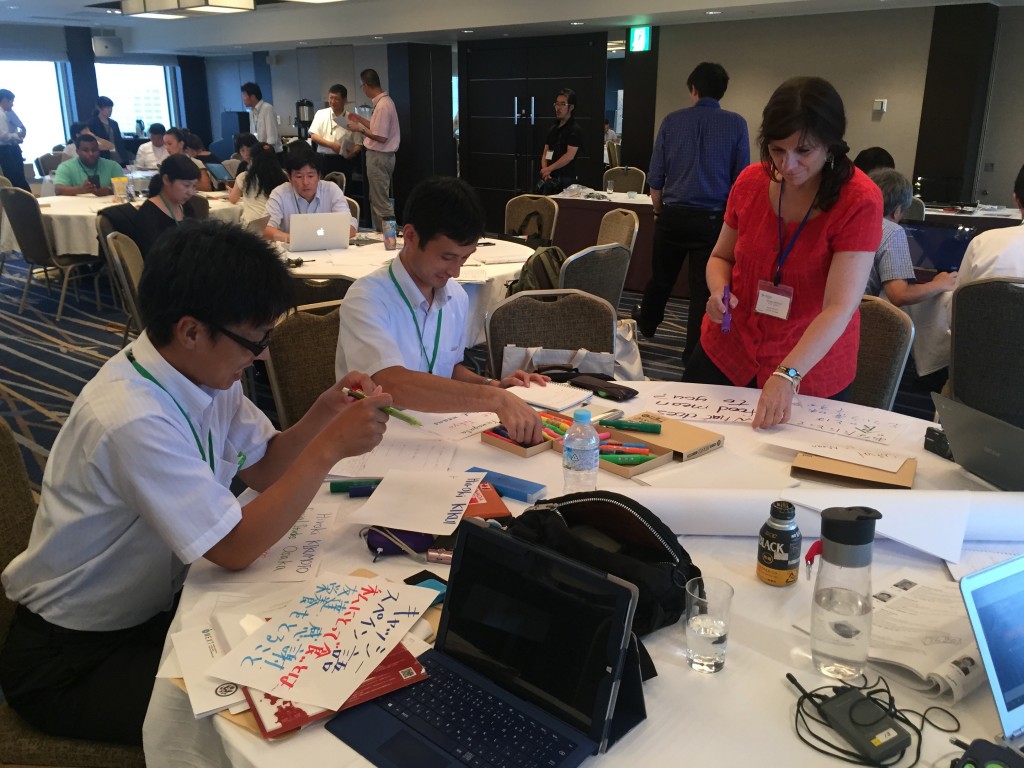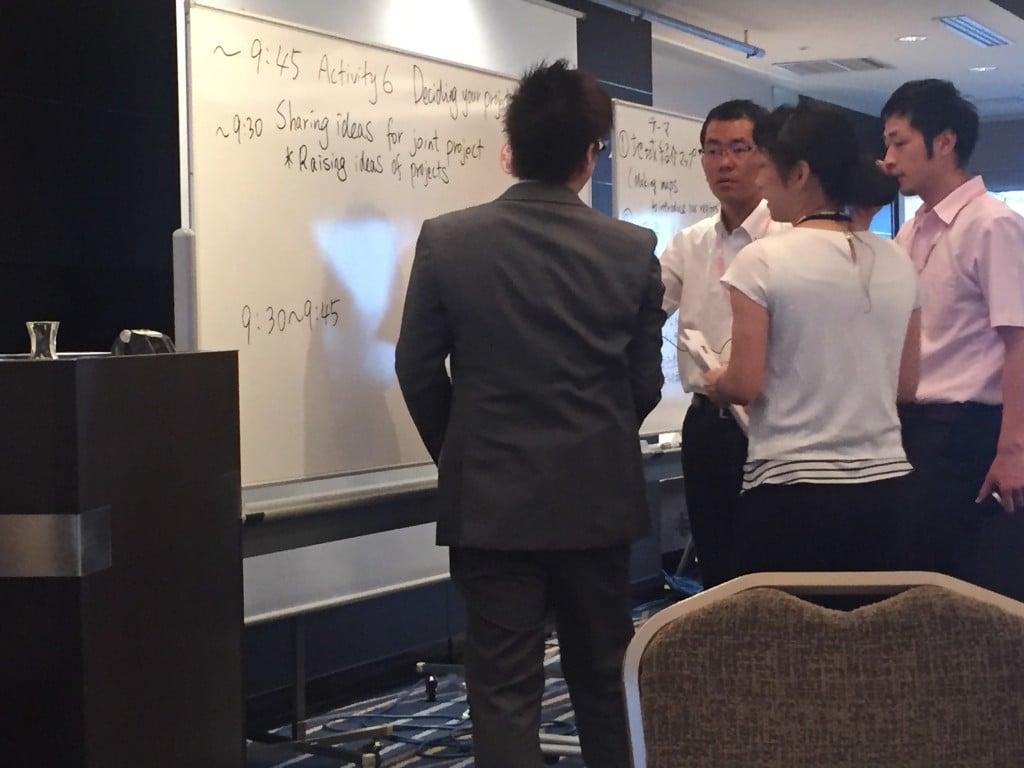We just got back to Tokyo tonight after spending almost a week in Kyushu and Omuta City. I cannot thank the teachers, administrators, and
board of education enough for the hospitality they have shown to us over
the last several days. Our final day on Kyushu
we visited two schools. The first was Ariake Shinsei High School in
Omuta and the second was Fukuoka University Kurume Junior High School.
First we started at Ariake Shinsei High School. High school is not mandatory in Japan and to
gain entrance students must take a test to qualify to attend the
school. Ariake Shinsei high school has approximately 700 students and
offers over 160 courses to their students. We were warmly received at
the school.
At every school we have visited we have seen a calligraphy class. In addition to a form of being a form of artwork for the students it is used as a powerful vocabulary instruction. Each character represents a word
or idea. In class not only are students writing the characters they are
discussing the characters meaning. I finally got to see an art classroom!
 |
| Amazing art in the hallways |
 |
| beautiful school grounds |
Next we visited Kurume Junior High School. This visit was a lot of fun
as the students had been preparing for our visit for some time. We
entered the gym to students clapping for us and each of us was escorted
to a group of students that did a multimedia presentation about their
city and school. We also met with small groups of students and of course
we participated in the cleaning.
Students made their favorite calligraphy character for me and we discuss
their meaning. We also asked each other questions about our schools and
countries.
At the end of the day students have a homeroom meeting completely run
by them where they discuss class business. They also sing a song to
close out the day. Everyone sings enthusiastically as you can see. I
double checked to make sure this wasn’t just for the visit. The teacher
assured me that they sing every day.
And a special treat to end the day we got to fly back to Tokyo on ANA and the Boeing Dreamliner. What a cool airplane and they have a Millennium Falcon among their fleet!
I am beginning to form what I consider some perspectives on the
education system here and applications for us in the United States. I am excited to get back together with the Japanese
teachers in Tokyo for the next three days to discuss our education
systems and coordinate some joint projects.















